The complexity, regulatory restrictions, conservative nature of the healthcare industry, and a truly staggering diversity in needs and capabilities of organizations and patients has made healthcare slow to undergo digital transformation.
Yet these very same challenges make healthcare one of the industries that can benefit the most from digital processes.
And nowhere is this more relevant than websites.
Below are seven key features for making sure a healthcare website stays healthy in the modern digital landscape.
1. User Experience is critical to a healthy website
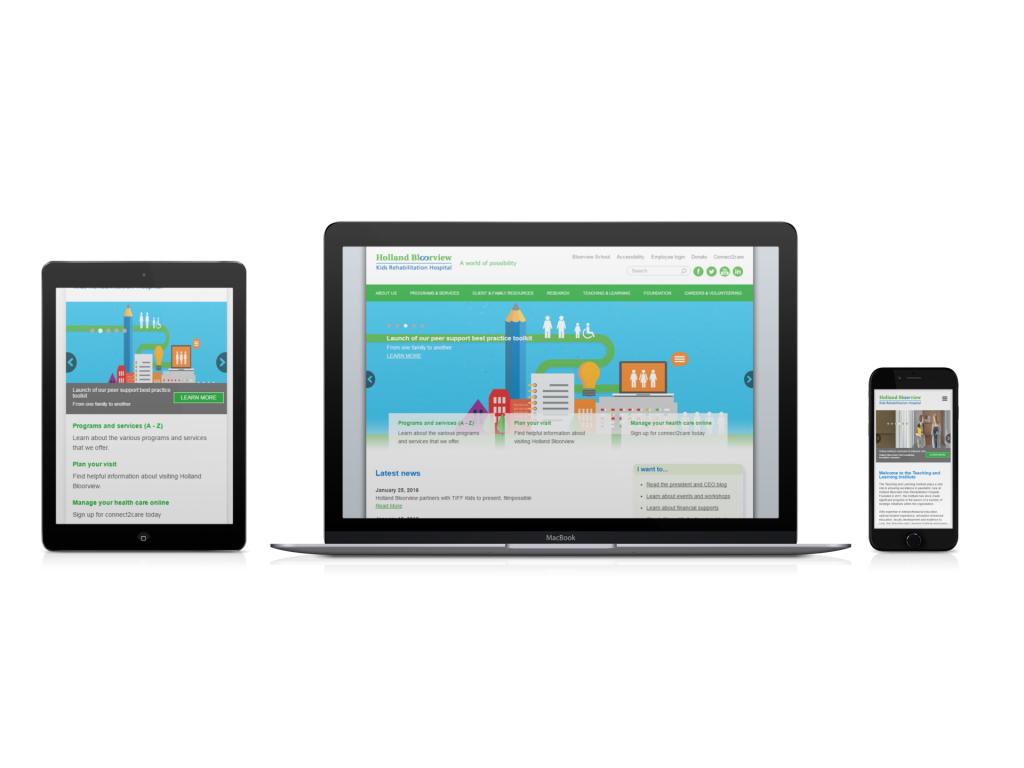
It’s easy to forget that most patients are only patients a tiny fraction of the time.
The rest of the time they’re just people – and they use apps like Facebook, websites like Amazon, book Ubers and get food delivered from their smartphone.
These companies have spent years curating great user experiences. Whether we like it or not, that’s the standard we’re all held to.
That’s why a positive UX is so important for healthcare institutions: at this point, it’s expected from all of our digital touch-points. And people are unwilling to compromise on UX. They’ll either avoid using the service at all, or take their business elsewhere.
2. Make your website mobile friendly
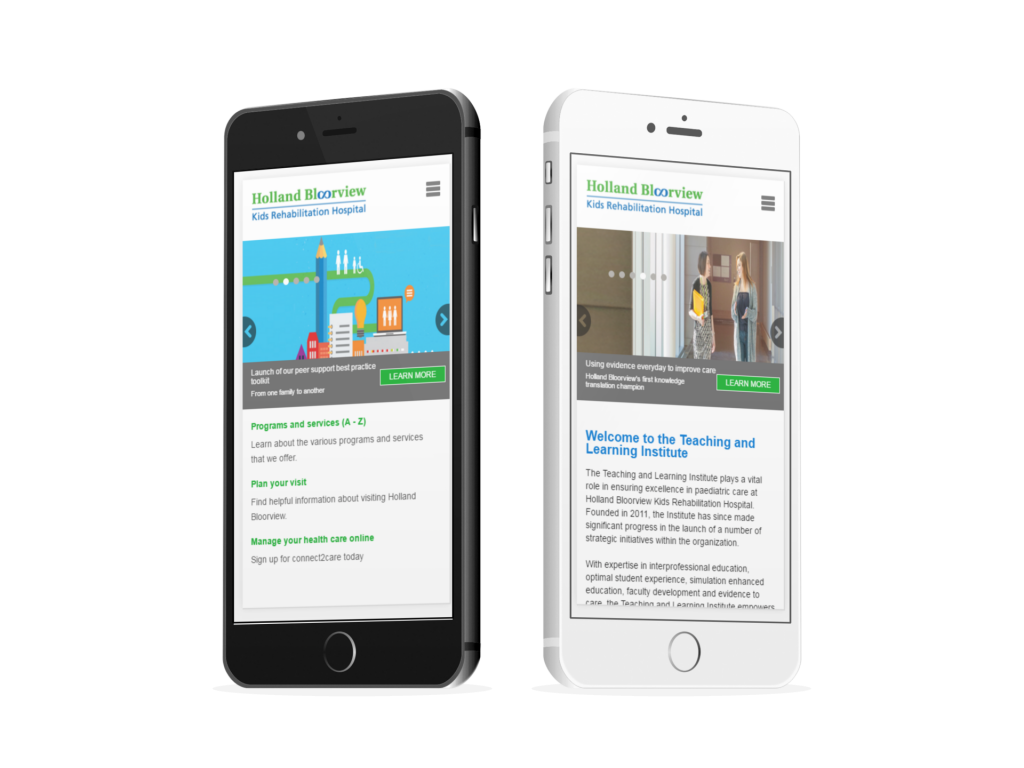
This can be wrapped up under user experience, but it’s so important it’s worth calling out.
Four in five Americans have a smartphone now. If anything, that ratio is even higher in Canada.
While laptops and desktops might be used to make complex purchases, an increasing number of user journeys are starting on a phone or tablet.
Essentially, the mobile device is the new gatekeeper. If you want your patients, potential patients, and staff to use your website, it must be easy to use on the smallest screen available.
Fortunately, with responsive designs and content management systems that automatically render beautifully on mobile devices, providing a good mobile experience without increasing IT workload isn’t difficult.
3. Create a wide range of content for patients and other healthcare end users
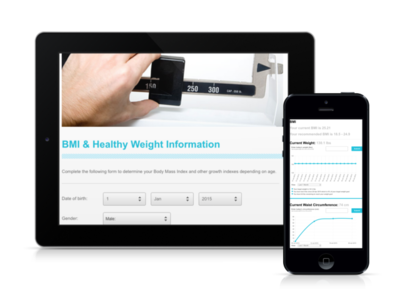
The wave of self-service that has swept through other industries is hitting healthcare. We live in an increasingly patient-centric world, where self-service and patient involvement is a key component to the overall healthcare system.
And your website is the sharp edge of this transformation.
That’s why creating content specifically for patients is critical:
- There’s already demand for it. People want to learn more about their healthcare from a reputable source they trust
- The more informed the consumer, the lower the overall cost of healthcare. With burgeoning expenses, cost reductions that don’t cut care are essential
Second, your website is for healthcare professionals as well. Whether you have a separate portal, a subdomain, or just a separate section, you need to be creating and providing content for them as well.
4. Personalize your website experience
Personalization is the standard in website marketing now. Amazon, for example, highlights items you’ve previously looked at and items you might like on their homepage.

These types of recommendations could translate well for healthcare websites, provided it complies with HIPAA and PIPEDA, and the patient opts in to it. Particularly for organizations that have patients log into a customer portal, that sort of customization is something to be considered.
For example, imagine you ran a small practice with a customer portal. A patient who is trying to quit smoking logs in to make a regular appointment. That could be an opportunity to serve them content about smoking cessation from within your system.
Using data to drive behavior change is old news. But personalizing to the individual level is one of the best ways to connect with patients online.
5. Systems integration
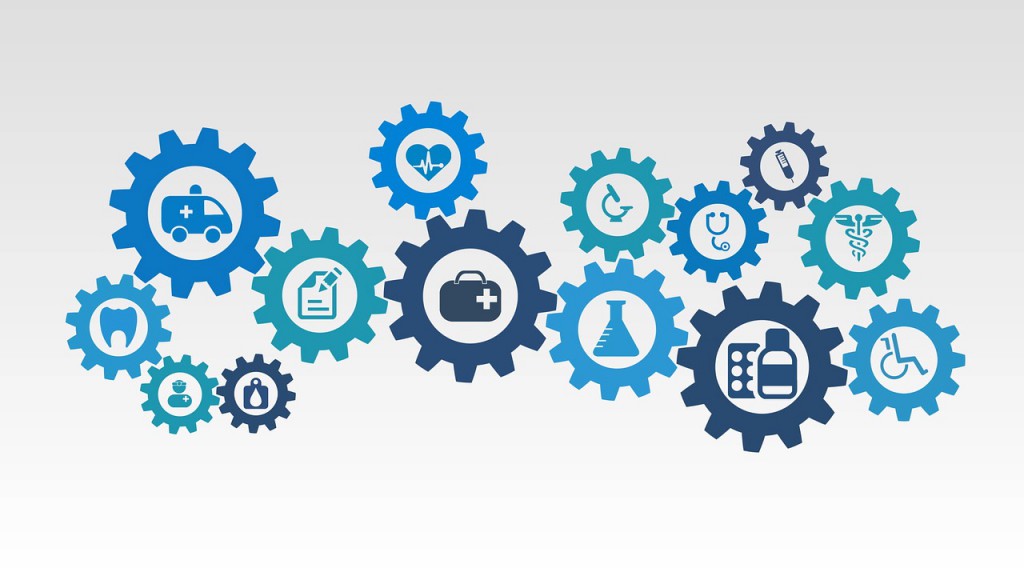
Healthcare systems are notoriously complex. Part of this is a requirement – it’s a highly specific system and a highly specific use-case. Plus, there are multiple security, privacy, and ethical concerns over data sharing and transparency.
Regardless, the benefit of having data all in one place are too good to pass up.
Not only would this make back-end systems smoother, faster, and cheaper to run, but it would facilitate developments like:
- Process automation
- More accurate resource allocation
- Better diagnoses
- Faster patient processing
With costs a constant discussion and the healthcare field increasingly populated with disparate organizations, any website design or redesign needs to consider how it’s going to talk to legacy systems.
6. Avoid designing by committee
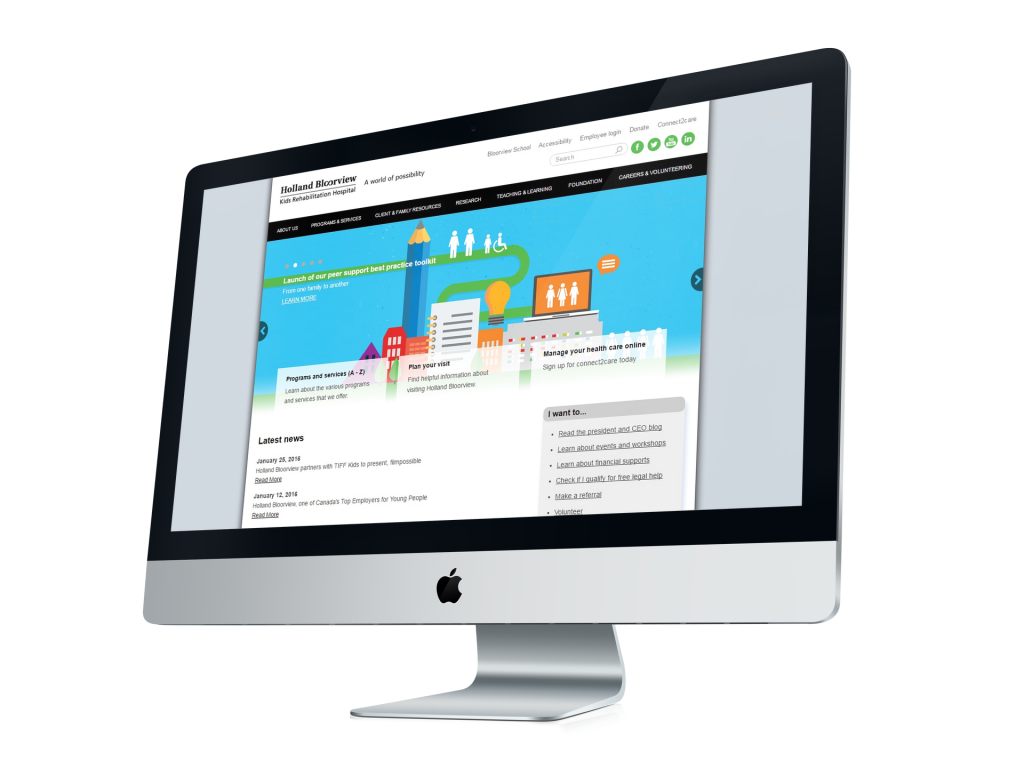
Whatever their size, hospitals are run by committees. Between the board of directors, shareholders, benefactors and community engagement managers, trying to appease every agenda and mission can result in a bad website experience.
The solution is to design by community, not committee.
Focus on your current and future patients and their families first and foremost.
Let the patient narratives lead the way to create a more authentic user experience – user retention and satisfaction will follow.
7. Develop secure communication channels

Private enterprises, particularly service providers, have moved beyond simple phone support to include other channels like ticketing systems, live chat, chatbots, and social media-powered help.
Healthcare providers will need to do the same.
Whether it’s a secure system routed through a third party like Twitter or Messenger or it’s a custom-built solution, customers are going to be confused on your site – it’s inevitable.
But, if you can provide timely support in a channel the customer wants (which, incidentally, is a lot cheaper per contact), you can make huge improvements to overall patient satisfaction.
